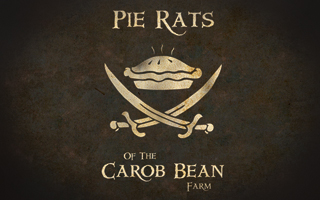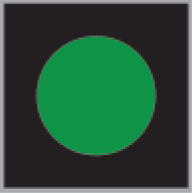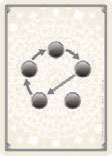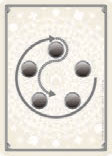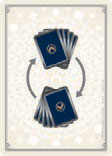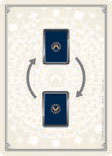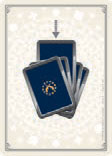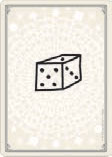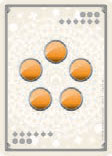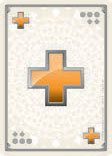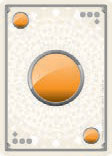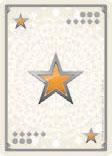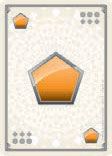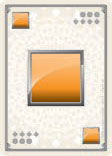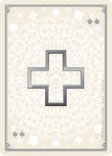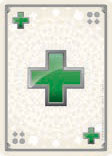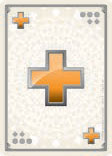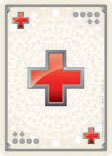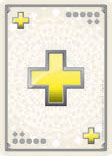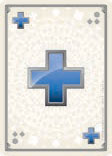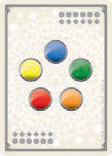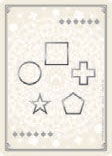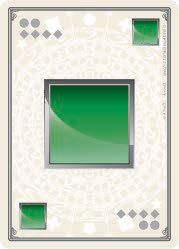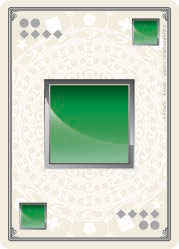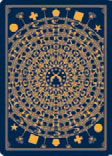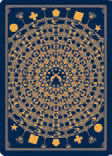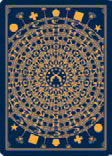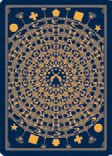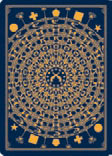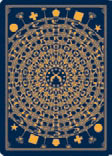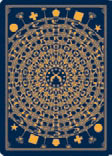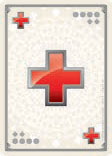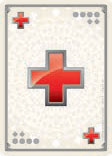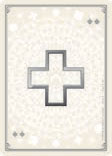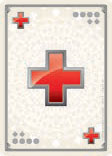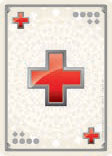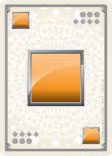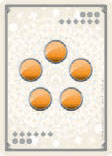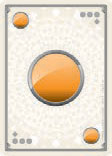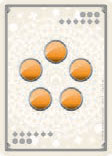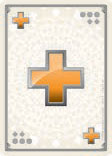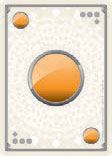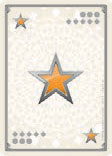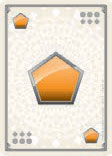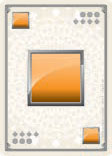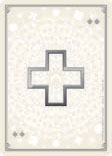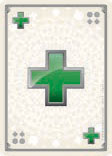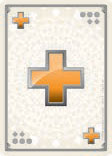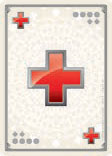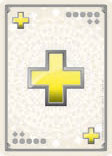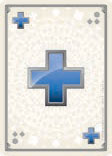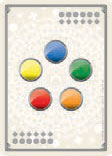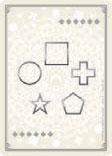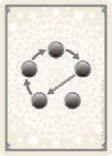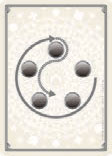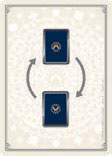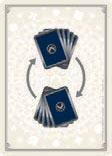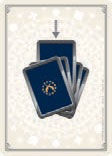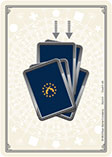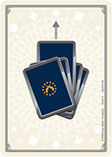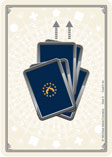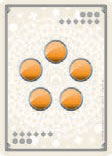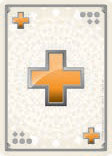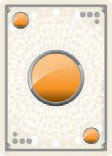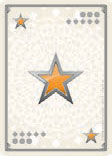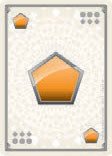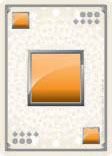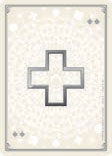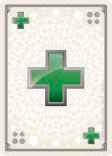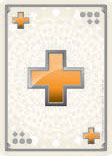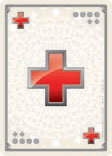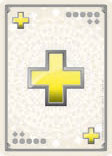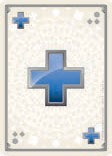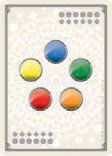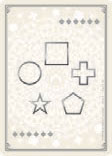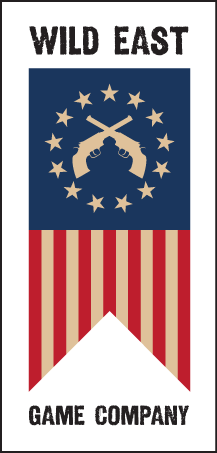Flower Power
Game by: Brian Bollinger
Number of Players: 2+
Supplies: Any number of sets of Base Cards
Game Summary: Players try to complete as many flowers as possible. Flower are made from 5 cards, or petals, of the same color. This game is easy and quick — it is really great for younger players.
The Set Up: Shuffle all the cards together and place the cards in a pile face down. This will be the draw pile.
Who Goes First?: The person that most recently gave flowers to someone.
Goal: To collect as many flowers as possible. A flower is made of 5 cards, or pedals, of the same color. The player that places the last pedal on a flower gets to take the flower. The table is the community “flower garden.”
A Turn: At the beginning of each turn players draw cards until they have 5 cards in their hand. Players may then play 1 to 5 cards onto the table. Players MUST play at least 1 card on their turn. BUT they do not have to play more than 1, even if they have playable cards in their hand.
When cards are played on the table they are used as pedals to create a 5-pedal flower - with a flower having 5 pedals of the same color. Shapes don’t matter in this game.
The player that places the 5th, or last, pedal on a flower gets to pick the flower from the flower garden and place it by their side. They have just earned 1 point. Each flower is worth 1 point.
Here is an example of a completed flower:

The game continues until all the cards from the draw pile have been used up. Once the draw pile is gone, players continue to place cards from their hands to finish off the remaining flowers.
Winning the Game: The winner is the player with the most flowers (points) at the end of the game.
General Notes: It may not always be to your advantage to place all your cards, or pedals, on the flowers. You don’t want to set up your opponent to finish off the flowers leaving you with few or no points to collect.
There may be up to 5 flowers being constructed at any given time BUT there may only be 1 flower of any given color at any time. Example: On the table there could be 1 yellow flower, 1 red flower, and 1 blue flower in progress but there could not be 1 yellow flower and 2 blue flowers in progress. All the blue pedals must be combined into one flower.
For a longer game, just add more sets of Base Cards.


